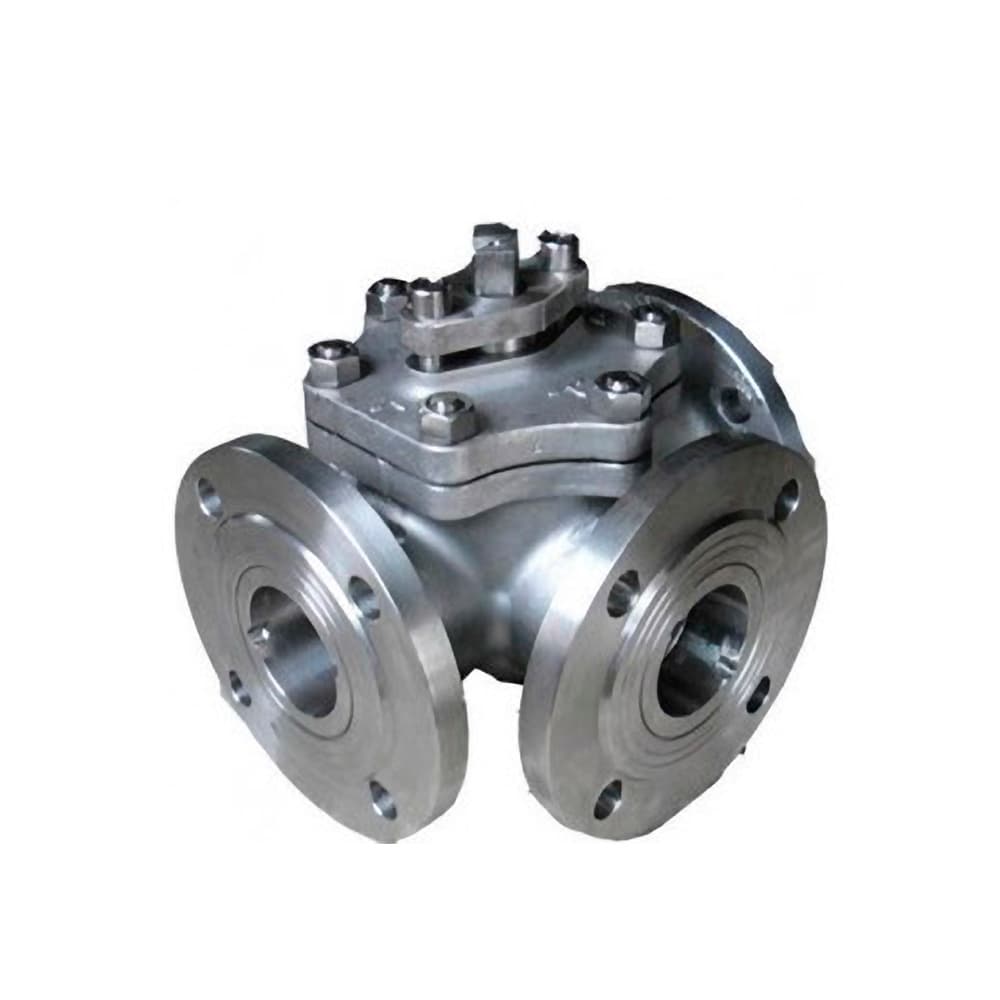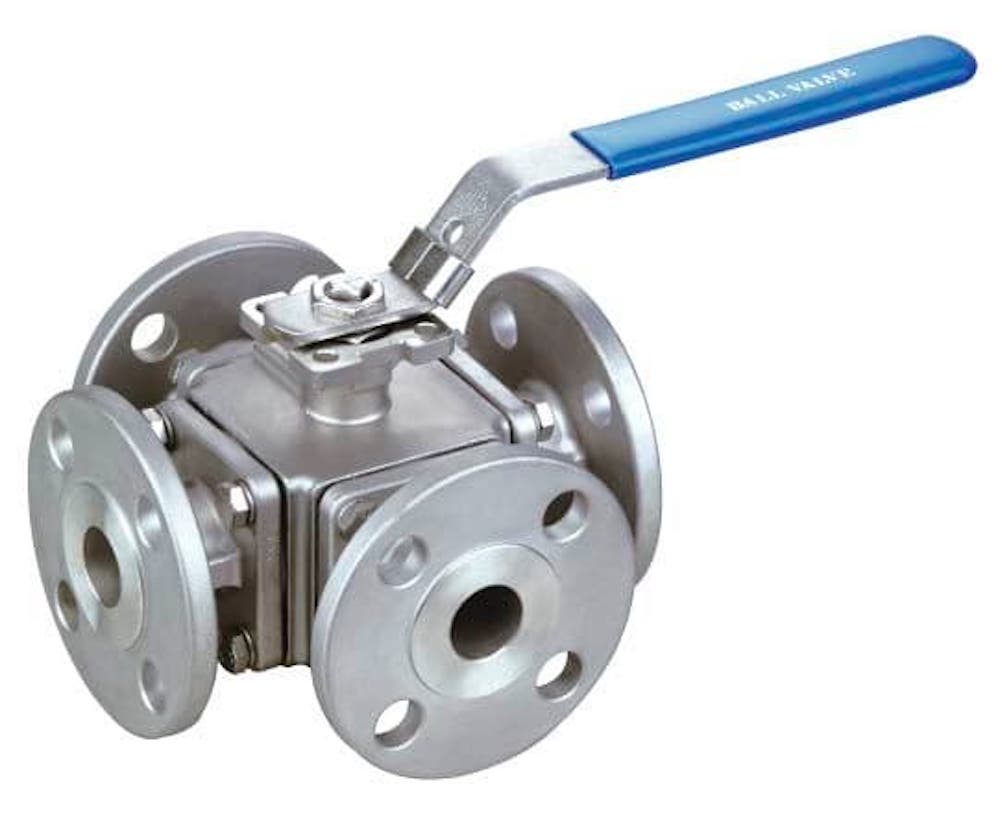Self Operated Control Valve
Self-operated control valves, also known as self-regulating or self-actuated valves, are unique devices used to automatically manage the pressure, temperature, or flow of fluids within a system without relying on an external power source or control signal.
Unlike traditional control valves that require auxiliary energy sources such as electrical or pneumatic actuators, self-operated control valves leverage the process medium itself—such as the fluid or gas being controlled—to function. Their operation is based on direct feedback mechanisms, where variations in process conditions (like pressure changes) directly influence the valve position.
This autonomous functionality ensures robust and reliable control in various industrial processes, making these valves ideal for applications where simplicity, cost-efficiency, and dependency-free operation are crucial.
Due to their straightforward design, self-operated control valves are known for their ease of maintenance and high reliability, especially in applications like pressure regulation, temperature control in heating systems, and flow management in pipelines.
Their versatility and independence make them essential components in many industrial and commercial systems.
Components and Functionality
Self-operated control valves vary in their specifications. Typical technical parameters include:
• Size Range: Commonly available in sizes ranging from 1/2 inch to 12 inches, depending on the flow requirements.
• Pressure Ratings: Varied pressure ratings up to 600 psi or higher, suitable for different applications.
• Temperature Range: Can operate over a wide temperature range, generally from -196°C to 400°C (-320°F to 752°F), depending on materials and design.
• Materials: Common materials include stainless steel, cast iron, bronze, and specialized alloys for corrosion resistance.
• Accuracy: Capable of maintaining control to within ±1% of the set parameter (e.g., pressure or temperature).
Types of Self-operated Control Valves
Self-operated control valves can be classified based on their specific function:
1. Pressure Regulating Valves (Pressure Reducing/Pressure Relief):
• Pressure Reducing Valves: Maintain a stable downstream pressure regardless of upstream pressure variations.
• Pressure Relief Valves: Ensure the system pressure does not exceed a predetermined maximum value by releasing excess pressure.
2. Temperature Regulating Valves:
• Direct-acting Temperature Regulators: Control fluid temperature by modulating flow based on thermal expansion of fluid-filled systems or bimetallic elements.
3. Flow Regulating Valves:
• Keeps flow rate constant by adjusting the valve opening according to flow demand variations.
4. Combined Function Valves:
• These can manage multiple parameters (like pressure and temperature) simultaneously.
Differences from General Control Valves
1. Power and Signal Dependency:
• Self-operated Control Valves: Do not require external power sources or control signals. They operate autonomously using the process medium.
• General Control Valves: Typically require external power sources (electric, pneumatic, or hydraulic) and control signals from a controller or automation system.
2. Complexity and Cost:
• Self-operated Control Valves: Simpler design resulting in lower installation and maintenance costs. Generally lower total cost of ownership.
• General Control Valves: More complex with higher costs due to the need for actuators and control systems.
3. Applications:
• Self-operated Control Valves: Ideal for simpler, less critical applications where reliability and independence from external systems are paramount.
• General Control Valves: Suitable for highly dynamic and critical applications requiring precise control and integration with process automation systems.
4. Response and Adjustment:
• Self-operated Control Valves: Typically have slower response times and are less precise in their adjustments compared to actuated control valves.
• General Control Valves: Can offer rapid, highly accurate adjustments based on sophisticated control algorithms and real-time feedback.
5. Maintenance and Reliability:
• Self-operated Control Valves: Generally easier to maintain due to their more straightforward design and fewer moving parts.
• General Control Valves: Require more regular maintenance and technical oversight due to the complexity of the actuating and control systems.
Importance
Self-operated control valves provide a reliable and cost-effective solution for many industrial applications requiring autonomous control of pressure, temperature, and flow.
They stand out mainly for their simplicity, independence from external energy sources, and ease of maintenance, contrasting with the versatility, precision, and complex integration capabilities of general control valves.
Their specific use cases and specifications make them an essential part of process control systems in various minimal supervision environments.
Request a FREE quote
we look forward to collaborating with you.




